The top 50 Brisbane suburbs where prices have skyrocketed this year may surprise you
Brisbane home buyers with less to spend are turning to affordable property in droves, as a new report reveals nearly all of the city’s 50 best-performing suburbs over the past 12 months are priced under $800,000 – and more than half are priced under $500,000.
The latest quarterly Domain House Price Report showed Brisbane’s housing market was showing signs of settling following the steepest annual decline in a decade, falling by only 0.1 per cent over the March quarter this year.
The median price for a house in Brisbane is now $805,818 – nearly $42,000 less than the median was this time last year – but after 11 interest rate rises, home buyers have taken a massive hit to their borrowing capacity and have had to adjust their expectations accordingly, says Domain chief of research and economics Dr Nicola Powell.
“There is absolutely the argument that with lower borrowing power, it has steered demand to more affordable suburbs or affordable price points,” Powell says.
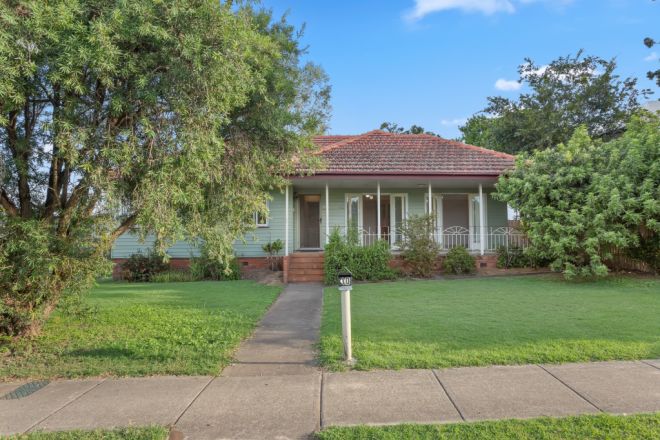
“Overall, Brisbane has seen a broad uplift in prices this year – the sharpest improvement of all the capitals, actually – but I think what we’re seeing here at a suburb level is that there’s a certain segment of Brisbane’s market, the more affordable segment, that has captured a lot of that uplift.
“When you have tight rental markets and a lack of security in renting, people fast-track their decisions, even lean on family members to make that leap earlier, and you can absolutely understand that if you’re seeing 15 to 20 per cent hikes in rent.”
Analysis of the 50 best-performing suburbs in Greater Brisbane revealed it is the more affordable postcodes that defied the city’s steepest downturn on record, with some clocking up annual price rises of up to 47 per cent.
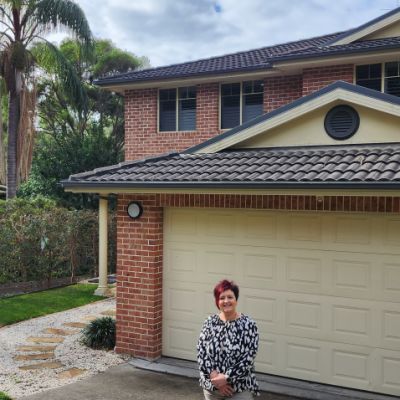 ‘Cautious signs of recovery’: Australia’s median house price rises for the first time in a year, despite punishing rate rises
‘Cautious signs of recovery’: Australia’s median house price rises for the first time in a year, despite punishing rate rises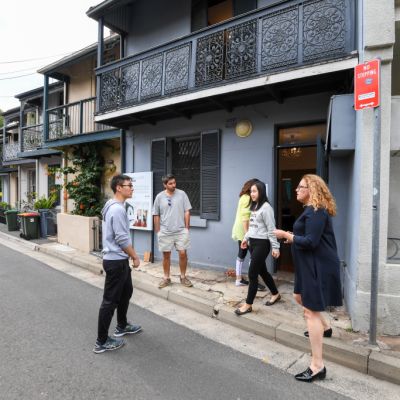 Is it still a buyer’s market? In some cities, it doesn’t feel like it
Is it still a buyer’s market? In some cities, it doesn’t feel like it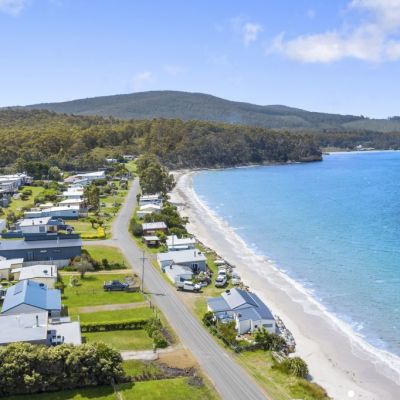 Southport, Tasmania: The southernmost township in Australia, where you can buy oceanfront property for $425,000
Southport, Tasmania: The southernmost township in Australia, where you can buy oceanfront property for $425,000
House prices in Upper Caboolture have shot up by a massive 47 per cent over the past year to a new median of $845,000, while unit prices in Bracken Ridge are up 28 per cent to $465,000, and units in Milton up by 26.2 per cent to $595,000.
House prices on MacLeay Island, located off the coast of Redland Bay, have risen by 26.8 per cent to $390,500, while houses in Eastern Heights, in Ipswich, have risen by 25.6 per cent to a median of $500,000.
Only four suburbs – Corinda, Newport, Brookwater and Rochedale – had median house prices over $1 million and growth of 20 per cent or more since March 2022.
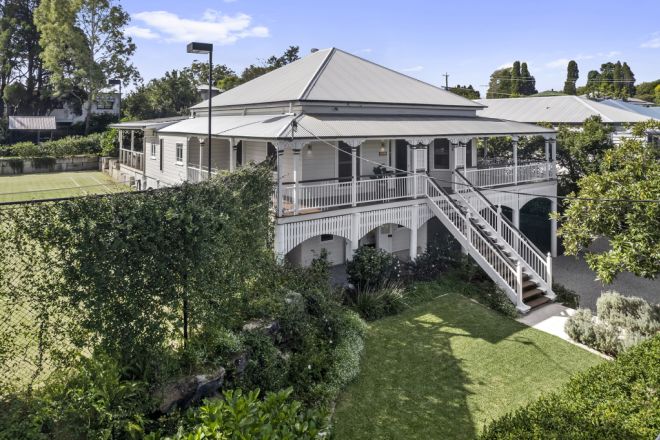
Even still, many suburbs in Brisbane’s $1 million club still performed well over the past 12 months, especially Grange, up by 18.3 per cent to $1.61 million, Seven Hills, up by 18.2 per cent to $1.525 million, Norman Park, up by 15.4 per cent to $1.5 million, Sherwood, up by 14.8 per cent to $1.435 million and Ascot up by 14.6 per cent to $2.4 million.
Affordability was a massive factor in the strong growth seen in suburbs like Upper Caboolture, says Josh Sibley of Image Property Northside.
“My experience with feet on the ground is that the growth we’ve seen, mainly, is in entry-level properties. Two-bed apartments, townhouses, affordable housing,” he says.
“I do believe that has to do with affordability – it’s about the restrictions and constraints in terms of lending capacity and serviceability requirements. People simply can’t borrow as much; the barrier to entry is becoming bigger. That’s a concern I think. The rental market is well and truly in crisis.”
He says the instability of the rental market is pushing tenants into buying sooner than they might have planned otherwise.
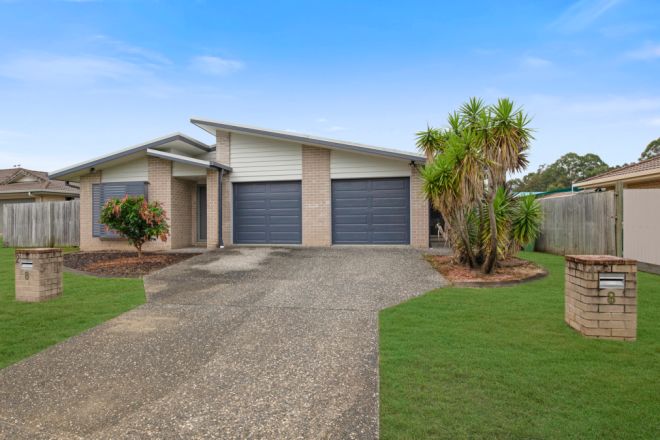
“There’s so much uncertainty in renting at the moment. You can reduce your overheads by going from a rental to an entry-level property,” he says.
“Living your life [as a tenant] where any day there could be someone coming and changing your world, that stress and uncertainty or moving — it’s pushing some people into moving into affordable areas so they can have that certainty and security.”
Sibley says stabilising house prices in Brisbane’s market more generally will go a long way to improving sentiment among investors especially.
“I’m relieved we’re getting certainty in the market because there’s been so much uncertainty. Caboolture has been a good place where wise investors have spent money but there are still opportunities,” he says.
“The geography of Brisbane is different to Melbourne and Sydney. We’re spreading outwards, there’s a gap between the Sunshine Coast and Brisbane that will be filled. Anything from Redcliffe north is a good opportunity to get in, not just as an entry-level buyer but also as an investor. The train line is already there and property has such a high rental return. It’s still a great area for investors.”
In the city-fringe suburb of Milton, where unit prices have soared by 26.2 per cent over the past year, Luke Dawson he has never seen the market so busy.
“If you rewind the clock back four to five years ago, no one wanted to touch units because the supply well and truly outweighed the demand,” he says.
“Now it’s flipped. People are literally queuing up to buy units and there’s not enough supply. This is the strongest I’ve seen it in 13 years … it’s absolutely rocketing at the moment.”
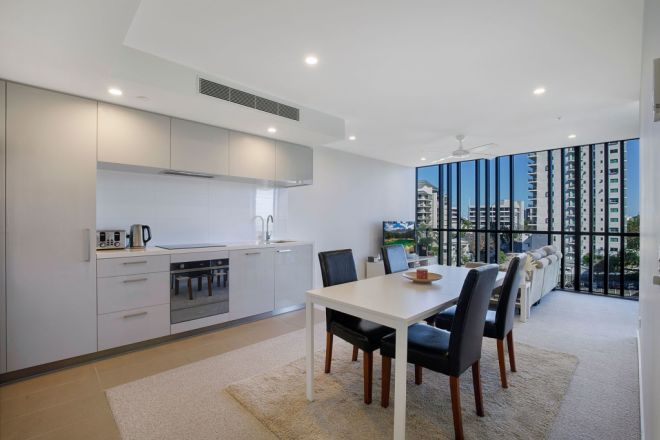
He says affordability is playing a key role in demand from buyers who see the value in Brisbane’s inner-city apartment market.
“If you were to buy a house in Milton, a very basic house would be at least $1.1 million, whereas you can buy a beautiful apartment for $420,000 and you still get all the perks of the lifestyle,” he says.
“They see the value. If you look at it, you can walk up to Suncorp Stadium, you’ve got the railway line, Park Road and you’re surrounded by Paddington, West End, the City … buyers are coming to me from looking at houses at Chapel Hill and Kenmore and saying ‘actually this is better value’.”
We recommend
We thought you might like
States
Capital Cities
Capital Cities - Rentals
Popular Areas
Allhomes
More







